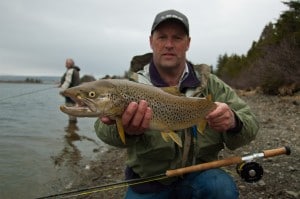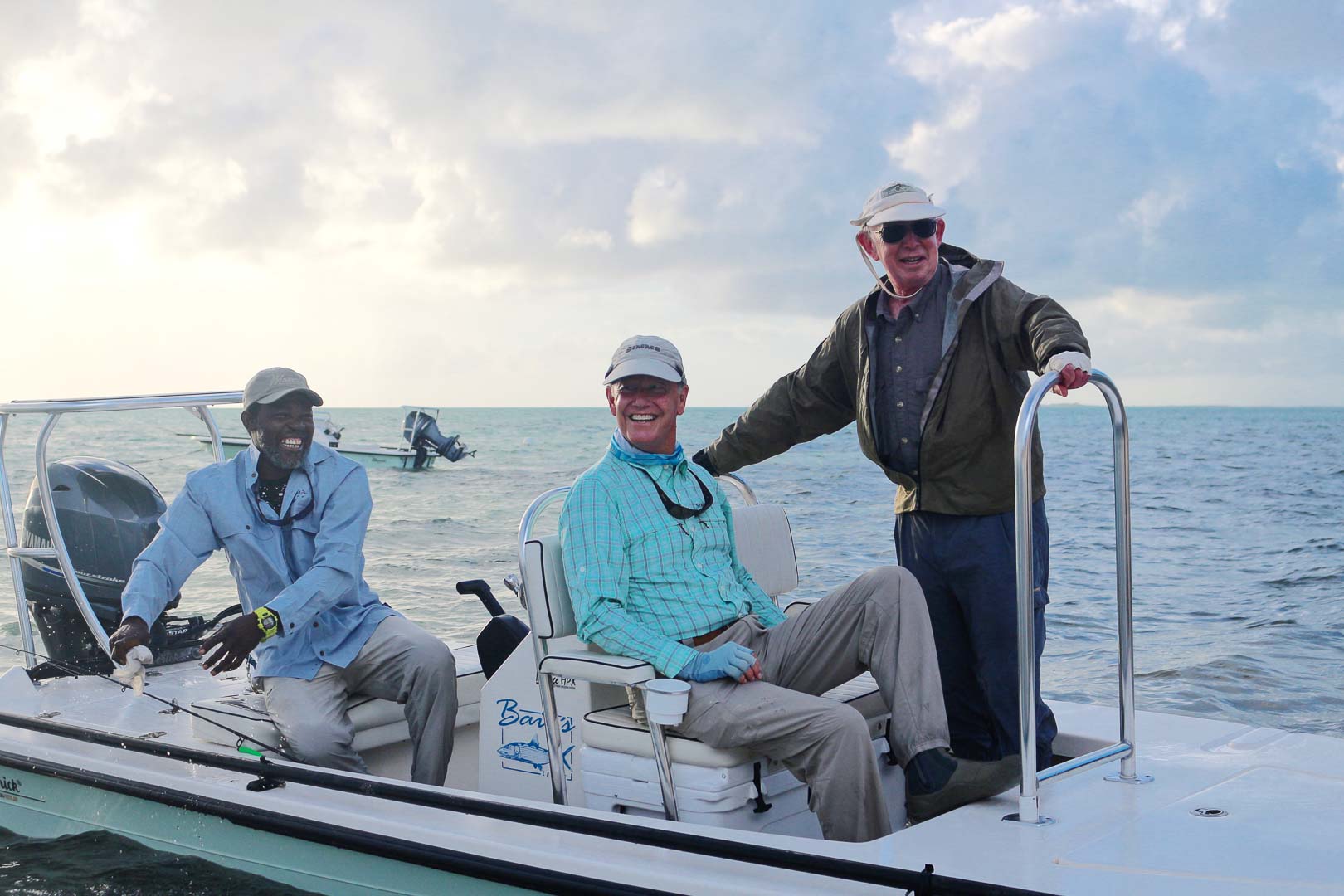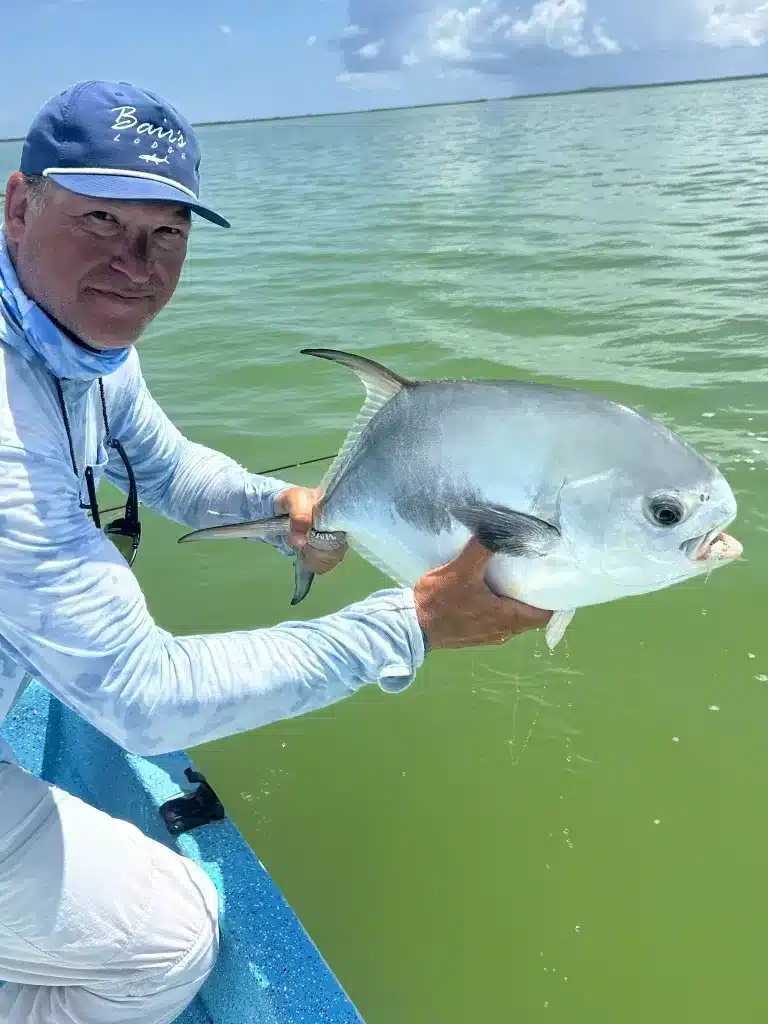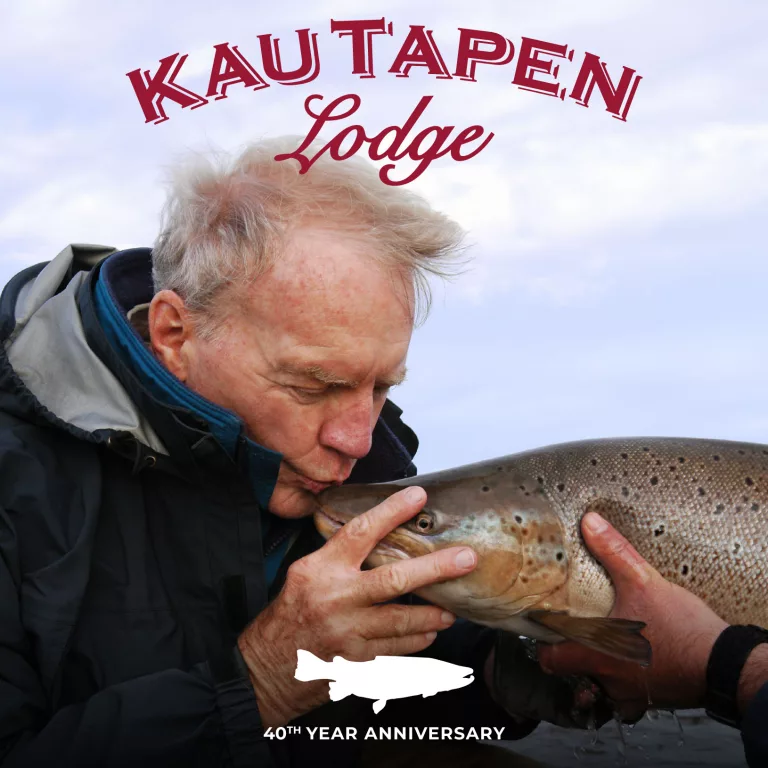I live in the same place that seatrout swim, well I don’t actually live in the water but I bide my time pretty darn close to it. My house is built on land that’s been in my family for generations and it’s adjacent to the Atlantic Ocean. More specifically, the house itself is built about 200 feet from the salty waters of Conception Bay, home to a robust population of searun brown trout. It is a very good place to live if you are obsessed with hunting big trout with a stick of graphite, and a box of fur and feathered hooks. That is me. I have seatrout fever and there is no known cure. I can only control my affliction by fishing hundreds of days a year, not only at home, which one might imagine to be a sufficient fix, in addition I must chase my quarry wherever they swim. I’ve wet my waders in Ireland, Norway, Iceland, Russia, all over Canada and counting. There are many more places, so much fishing and so little time. Soon I will visit one of the most famed and notorious seatrout haunts of them all, Argentina’s amazing Rio Grande.
 I am not the only angler obsessed with the anadromous brown trout. There are many like me living today, and even more who are fishing the happy waters of the here after. Native North Americans spoke of the Happy Hunting Grounds. Why shouldn’t there be a Happy Fishing reward for folks like us. It is mind boggling to think of the extremes that anglers of bygone days went through to have seatrout to cast over and tease with flies. Their story is much the same all over the world, and we must thank them for the wonderful brown trout we catch in many corners of our planet where salmo trutta is not native. My home, Newfoundland, and Tierra del Fuego have this in common.
I am not the only angler obsessed with the anadromous brown trout. There are many like me living today, and even more who are fishing the happy waters of the here after. Native North Americans spoke of the Happy Hunting Grounds. Why shouldn’t there be a Happy Fishing reward for folks like us. It is mind boggling to think of the extremes that anglers of bygone days went through to have seatrout to cast over and tease with flies. Their story is much the same all over the world, and we must thank them for the wonderful brown trout we catch in many corners of our planet where salmo trutta is not native. My home, Newfoundland, and Tierra del Fuego have this in common.
Europeans love their native brown trout. There is no other fish that brings them such joy and angling satisfaction. This must be true. Why else would anglers after immigrating into countries and new lands so far from home, go through considerable trouble and expense to bring their beloved trout with them. Brown trout have been transplanted by anglers to waters all over the world. In addition to their native range, from Northern Norway and the White Sea tributaries in Russia to the Atlas Mountains in North Africa, brown trout are nowadays found just about everywhere. Through organized and well financed stocking programs Europeans have spread salmo trutta all over Planet Earth. In retrospect, and maybe from a selfish viewpoint, I applaud their efforts.
The present day brown trout swims in Australia and New Zealand. New Zealand in particular has some fine fishing, predominately for resident freshwater dwelling browns. There are brown trout in the mountain streams of Kenya and the Himalayas. You might consider combining alpine climbing and fly fishing. Now that’s a recipe for adventure.
Newfoundland is an island that sits off the east coast of Canada. It was settled, beginning in the 16th century by migratory fishermen from England, Scotland, Ireland, and France. They cae to this wild land for the cod, which was salted and cured for international trade. It was a lucrative business, much like oil in recent times. By the 19th century it was bustling nation of fisherfolk and merchants. Incidentally, St. John’s, Newfoundland’s capital city is the oldest city in North America. Nowadays oil and mineral development is more important economically than fish. That’s a little history of where I’m from, but what about seatrout. Where does this prized fish enter the picture?
In the late 19th century there were plenty of rich folks living in St. John’s. Many of them fancied the angling life, some were born on the island but many had recently emigrated from Europe. The native brook trout were running rather scarce from subsistence fishing. Those fresh from the old world raved on about the merits of the brown trout. Why not ship them in from the old country and seed the waters of the new world with the most wonderful of fishes. The die was cast and from the late 1800’s and well into the 1900’s trout eggs were transported yearly from Loch Leven, Scotland to Long Pond hatchery in St. John’s. The hatchery is long gone but the trout are here to stay. So I grew up catching seatrout.
To explain the depth of my obsession with this fish I will relate to you a fishing tale. If you are a seatrout angler you likely know that they prefer to bite flies in the most terrible weather conditions. These are not fair weather fish. They also tend to feed and let down their guard at night. Sunny and bright windless days might not be the best opportunity to catch browns. I’ll tell you a tale of a stormy night early in my marriage to an understanding woman.
I was working a 9 to 5 day job teaching physics at a local technical college. It was seatrout season and I could only fish early mornings and evenings for my beloved trout. I waited all week for Saturday to come, longing for a full day of chasing silver. On Friday my wife proclaimed her desire to visit her sister in St. John’s and do some shopping. My Saturday was shot, destroyed; what to do? I couldn’t say no, I’d been either fishing or working for weeks. I sucked it up and drove to St. John’s, about a one hour highway cruise, early Saturday morning. In the back of my mind I fully planned to be home in time to get in an evening shift at Shearstown Estuary. I’d been hooking a few decent trout their all week.
The shopping went as well as possible when one rather be fishing, but I did not complain. We ended up at my sister-in-laws for an early dinner before heading home. Things were looking good. During dessert it began to rain. The wind picked up and a real honest to goodness storm settled in. The weather was so nasty that plans were hatched for us to spend the night rather than drive the highway in such a storm. I would hear none of it, not letting on that fishing was the real reason for me hitting the road. We departed with a promise to call in by phone to notify of our safe arrival home in Spaniard’s Bay. The normally one hour drive took much longer and we arrived well after dark. The North Atlantic was viciously attacking my seawall with stormy white capped waves. What a night!
With the spoils of shopping in from the car, Goldie called her sister. They were chatting away, about what I do not recall, or maybe never ever noticed. I had matters on my mind far more important than idle chat. “Excuse me Goldie,” I said politely. “Just a sec Peg, Paul want’s me.” “I’m going fishing, see you in a few hours.” “What, In this weather, are you crazy?” I probably was, and likely I still am, undeniably afflicted with seatrout fever, one is driven to the wildest extremes. The worst weather does not matter, rather it makes the fishing better. To others we appear an insane lot. I headed downstairs to fetch my rod, flies and raingear. I can only imaging the remainder of the conversation between non-angling unsympathetic sisters. The last I heard was “The damn fool is going fishing.”
That night a couple of decades ago was one of the best seatrout fishing nights of my entire angling life. I like to night fish at the Shearstown Pond railway trestle. On a falling tide the fish tend to concentrate on the freshwater side away from the sea. That night the wind was blowing about 100-km/h right off a cold northern ocean. The rain was falling sideways in buckets. Luckily I found some shelter in the lee of the raised railbed, at least enough to functionally fish, not pretty but workable.
I have always liked to fish at night with a black and yellow chenille nymph in size 8 or 6. That’s what I was using. I have no idea why it works. Trout won’t give it a second look in daylight but when the sun sets they love it. We will never fully understand the complex habits and ways of the brown trout. Actually I don’t even want to fully comprehend the mystery. That’s why I love trout fishing.
I cast my nymph and let it drift freely in the falling river of tide. The wind roared overhead and under the trestle. I felt a mighty tug and lifted my single hand 7-weight to fight a feisty silver seatrout of about 2-lbs. Already it was worth the trip. By the way, there were no other anglers on the pond, at least none that I could see. All the sane folks of the world were home watching Saturday night TV, Hockey Night in Canada maybe. I released my first fish and prepared for another cast.
Another cast and another trout, and then another, some gently tugged camouflaging their true power and size until my rod tightened my honed hook had pieced their lips. Then they lit their after burners and excited my senses with insane runs and jumps. Other would nearly rip the rod from my hands right from the get go. I love fishing at night, feeling the pulse of the earth and ocean in total darkness, fishing by feel, a surreal experience indeed. Stormy nights are even better. The amazing fishing went on for several hours, until the tide turned and began pushing in. I had caught at least 30 trout between 2 and 8 pounds, what a night. I packed up and went home, cold on the outside, but glowing inside.
I walked into the living room of our house a bit on the damp side. Goldie was watching a movie on TV. She asked if I caught anything beside a cold. “Not much,” I said. “I must have been crazy to go out fishing tonight.” “You damn fool,” she says. I watched the remainder of the movie, content has an angler could ever possible be.
As you can imagine, I’ve done my share of fishing and I’ve caught my share of trout. But as Mr. Burns of the Simpson’s cartoon is famous for saying, “I’d give it all for a little bit more.” He speaking of money and wealth but it also applies to trout angling. I am booked into Kau Tapen Lodge on Argentina’s Rio Grande. It is a seatrout Mecca, in business for 30 years, the best shot on the planet at a gigantic trophy searun brown trout. I want it. I’m learning Spanish and tying flies.




